
Live Anyplace
Work Anywhere
Luxury Living in Your Favorite Cities
- Convenience is key
- Luxury meets comfort
- Modern professional workspace
- Stay as you please with flexible terms
Convenience is key.
Discover move-in-ready apartments conveniently located in the heart of major cities across the United States. You’ll be minutes away from an abundance of restaurants, cafes, bars, grocery stores, shopping areas, and public transportation.
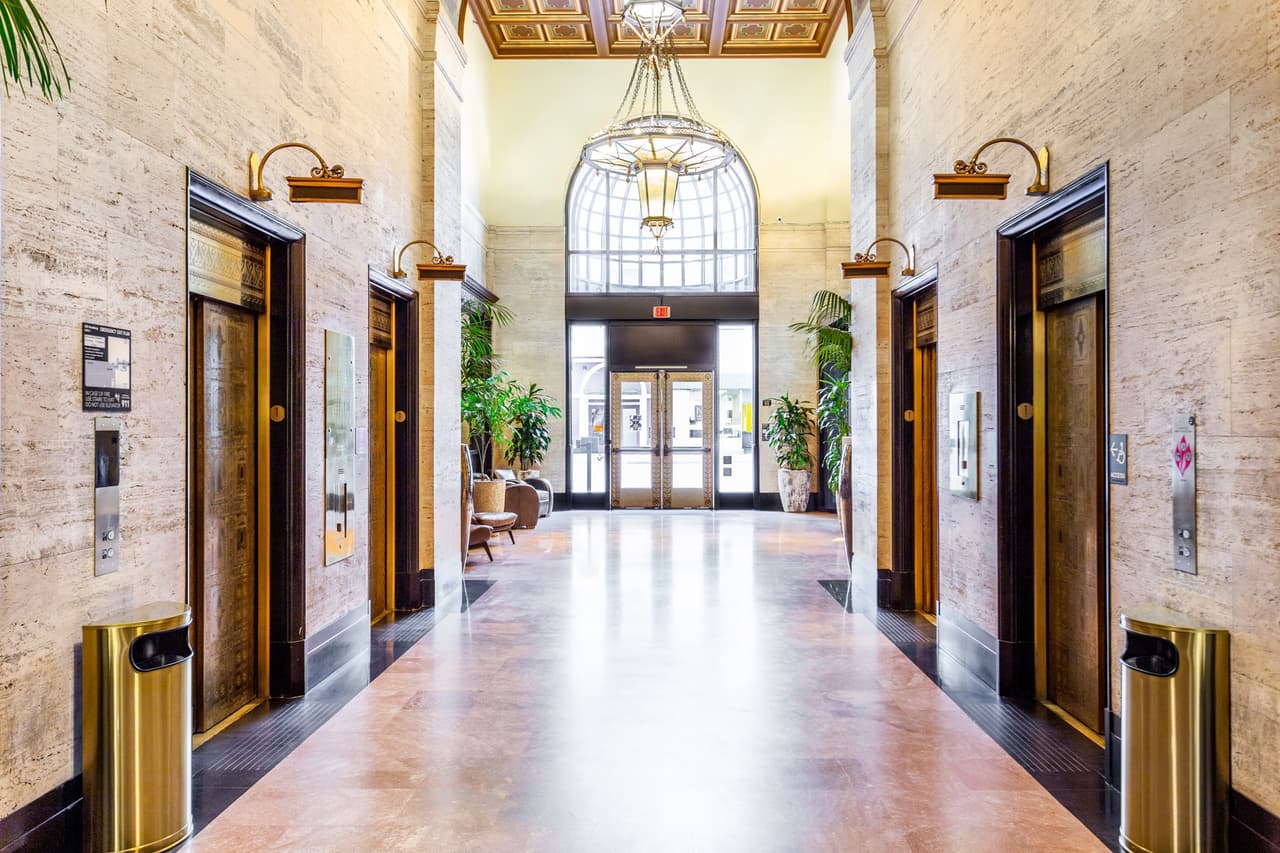
Amenities
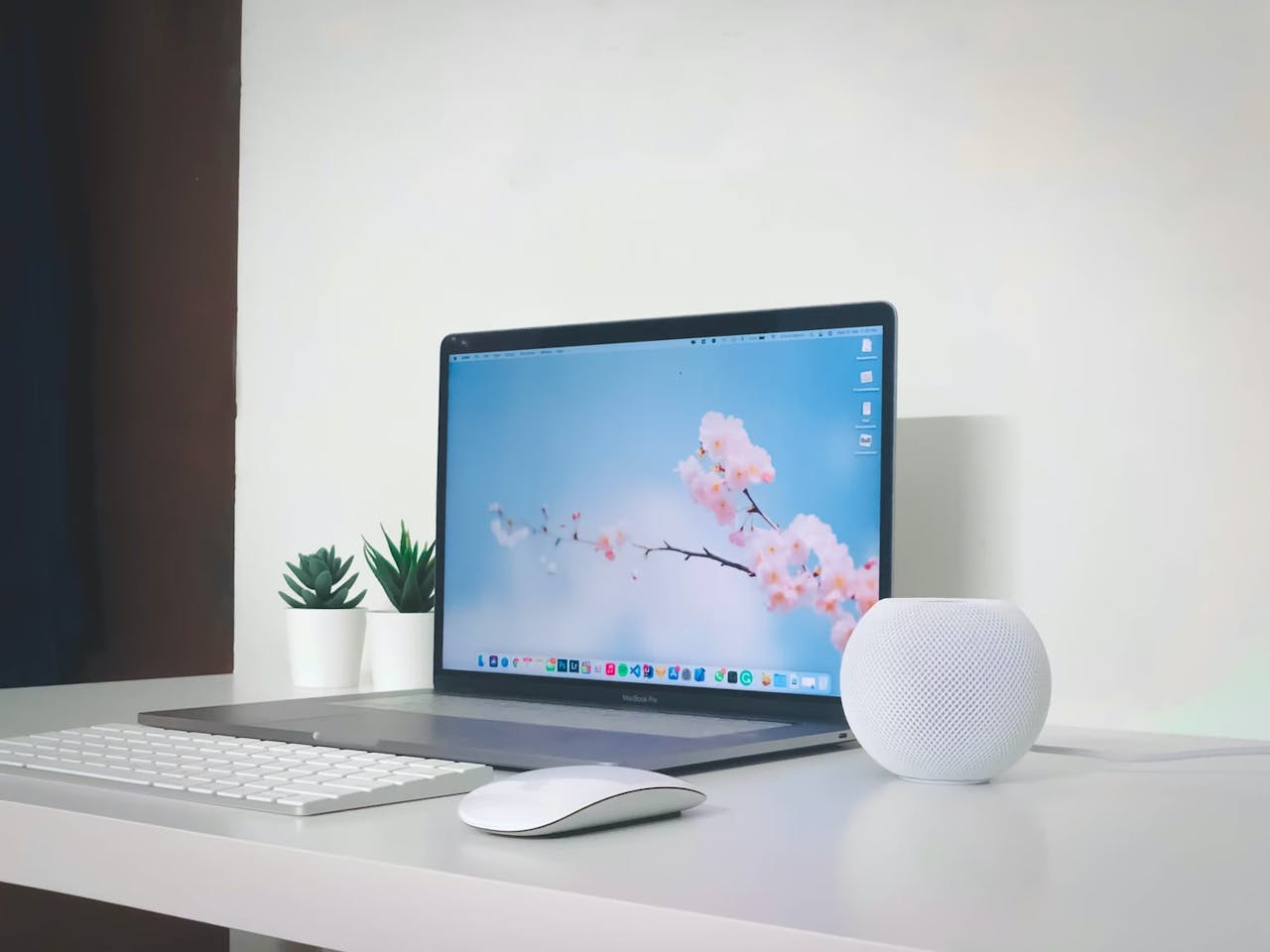
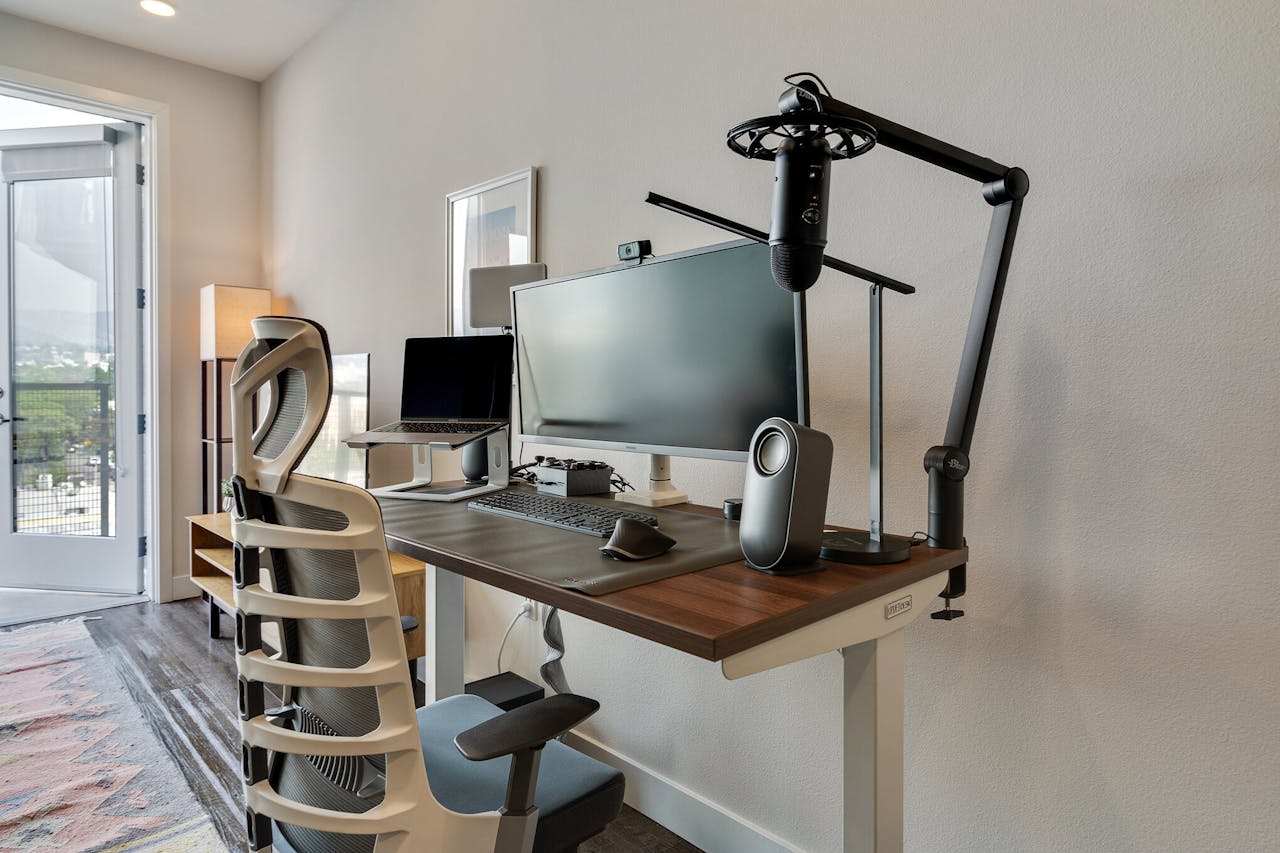


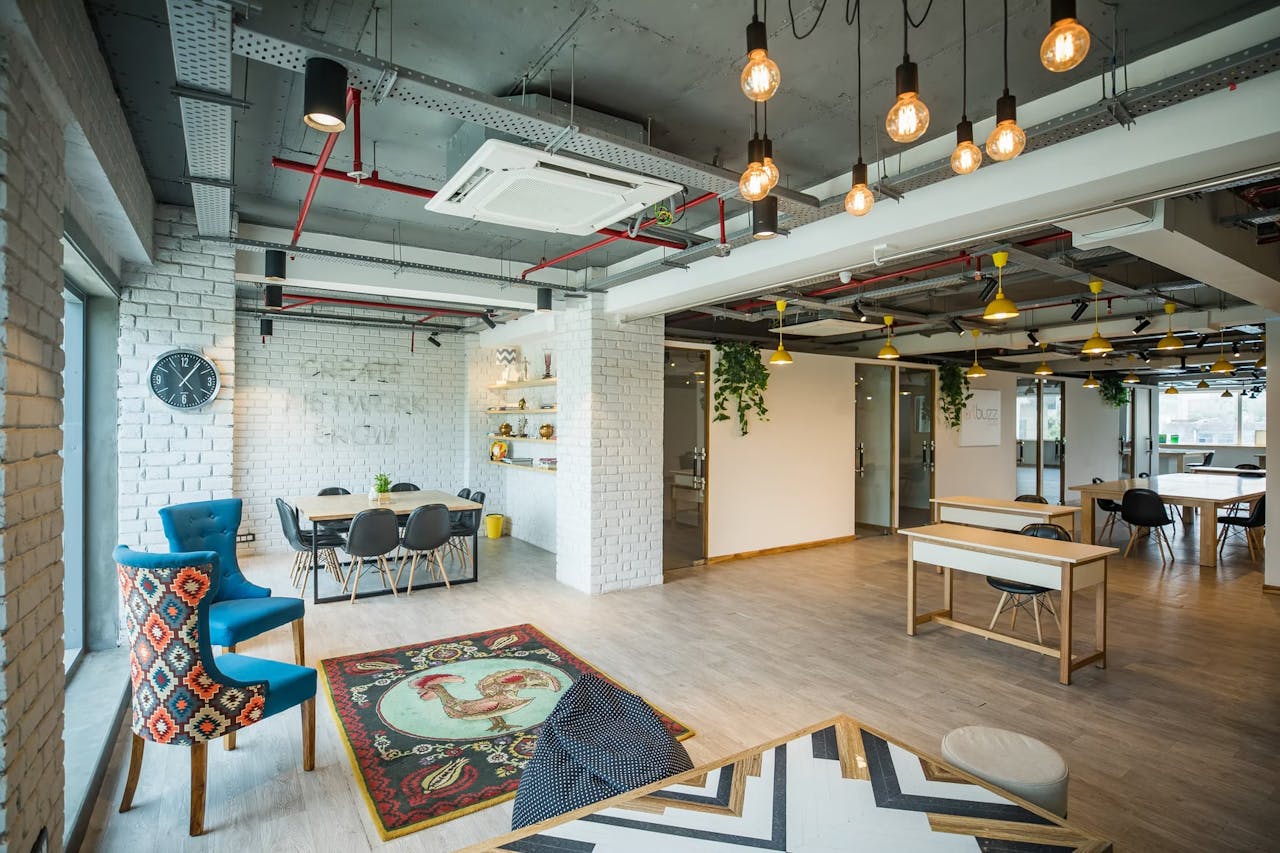
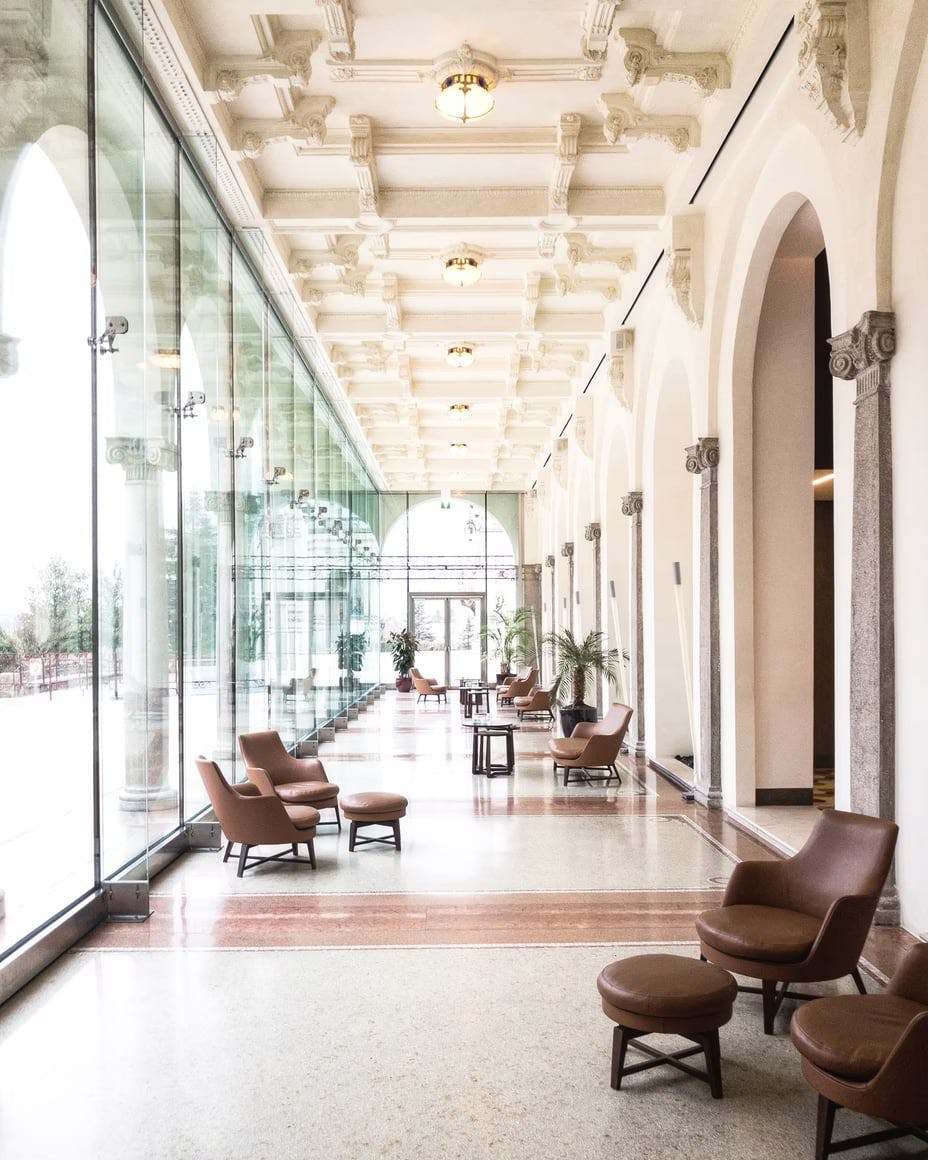


A New Way to Live — Your Way
Whether you're looking to work remotely in a new city, relocate for a job, take your podcast on the road, or start an internship, we take the hassle out of finding an amazing place to live where you can hit the ground running.
1. Designed For Productivity
Never work from a kitchen table again. Every apartment features an equipped workspace that tops anything you’d find in an office or coworking space.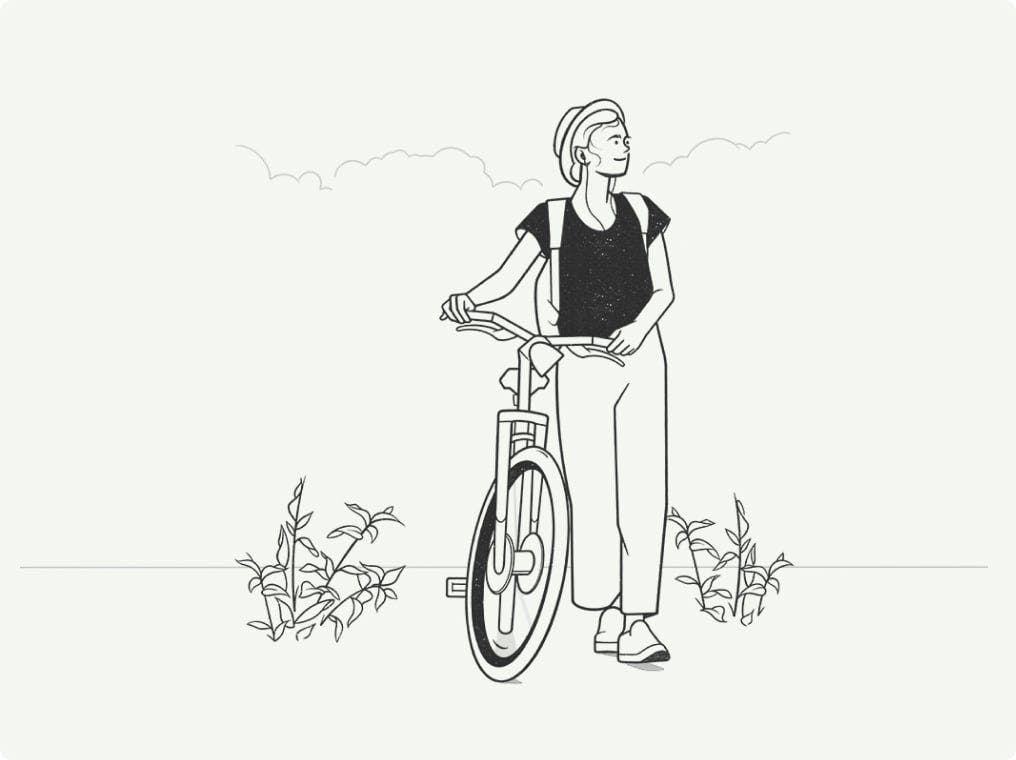
2. Free From Commitments
No long-term leases are required. Whether you need an apartment for 30 days, 45 days, or much longer, book to the day and decide to lengthen when your move-out gets closer.
3. Move-In-Ready
Bring your backpack or suitcase—the rest is taken care of. Our fully furnished living spaces will feel like home right when you walk in.
4. It’s All Included
Our aim is to keep things simple and stress-free. Utilities, internet, and cleaning costs are included in one price.
5. First-Class Customer Service
Think of our team as your personal concierge—not just support. We're available whenever you need us.Spaces Built For Remote Workers
Level up your remote work with luxury accommodations that come prepped with an equipped home office and high-speed internet.
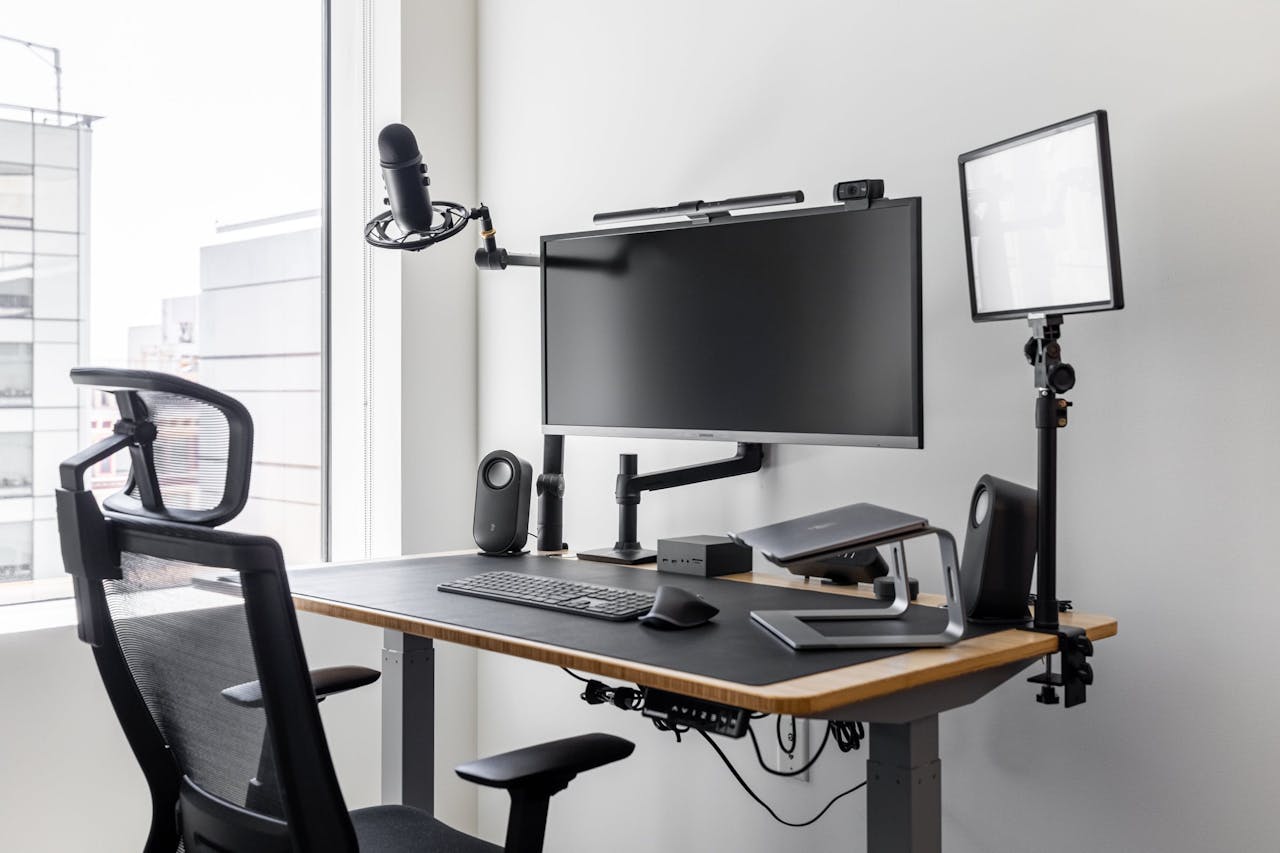
Desk setup & high-speed internet
Ultrawide monitor, standing desk, work chair, keyboard, mouse, and gigabit internet.
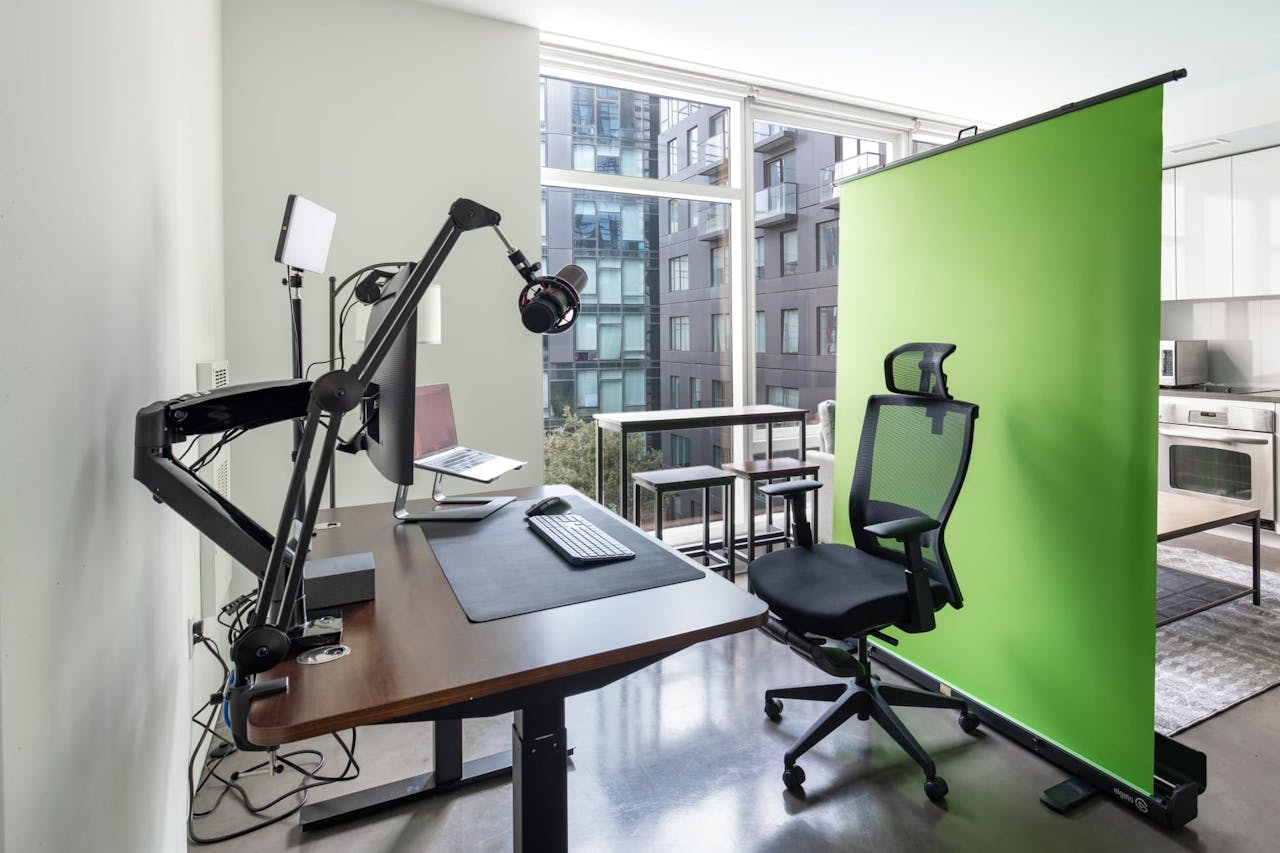
Video conferencing setup
Webcam, microphone, key light, and collapsible green screen.
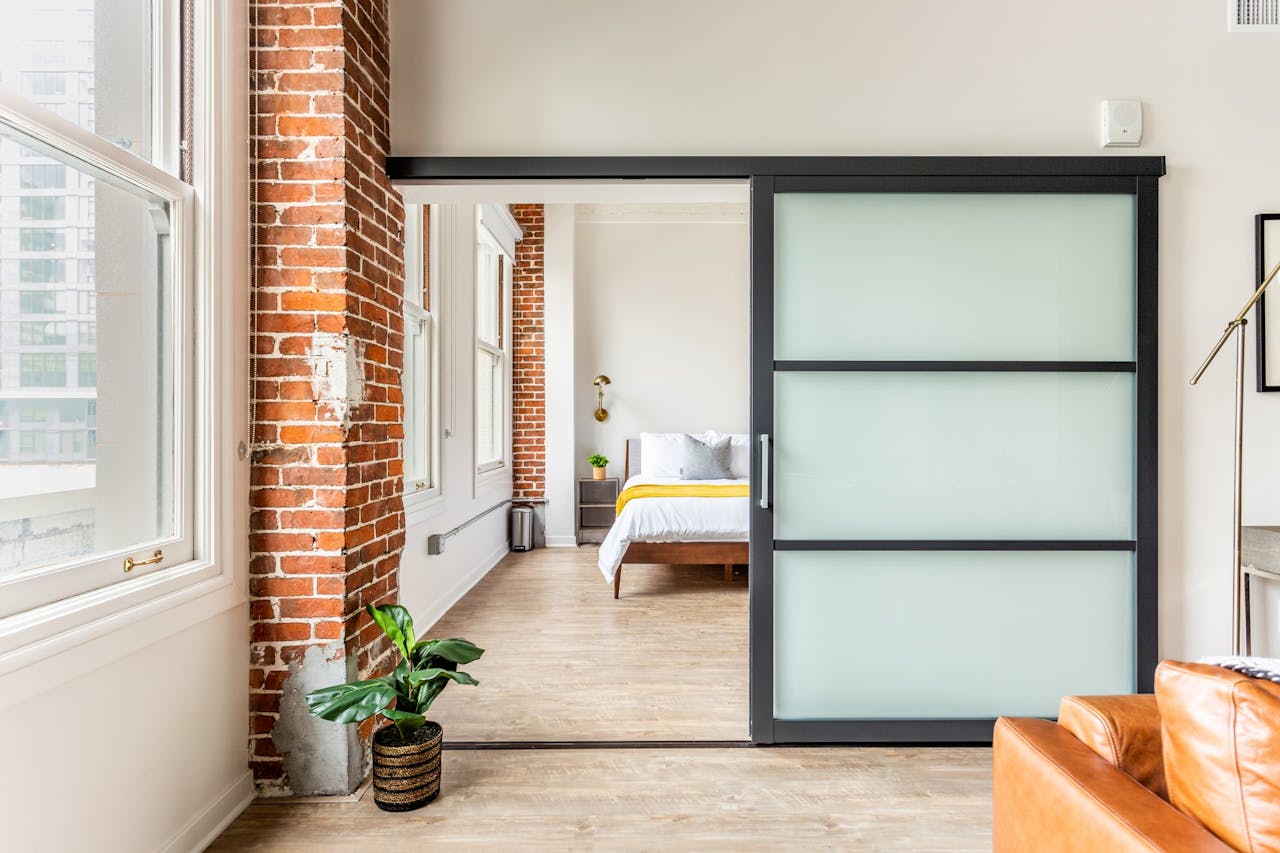
Flexible-term & fully furnished
No long-term commitments and move-in-ready accommodations.
Featured on trusted companies and loved by 1,000+ customers
Reviews
“Excellent stay, convenient location. Host guided me around the place when I arrived and made sure everything was set up for me. Work setup was fantastic.”
-Campbell